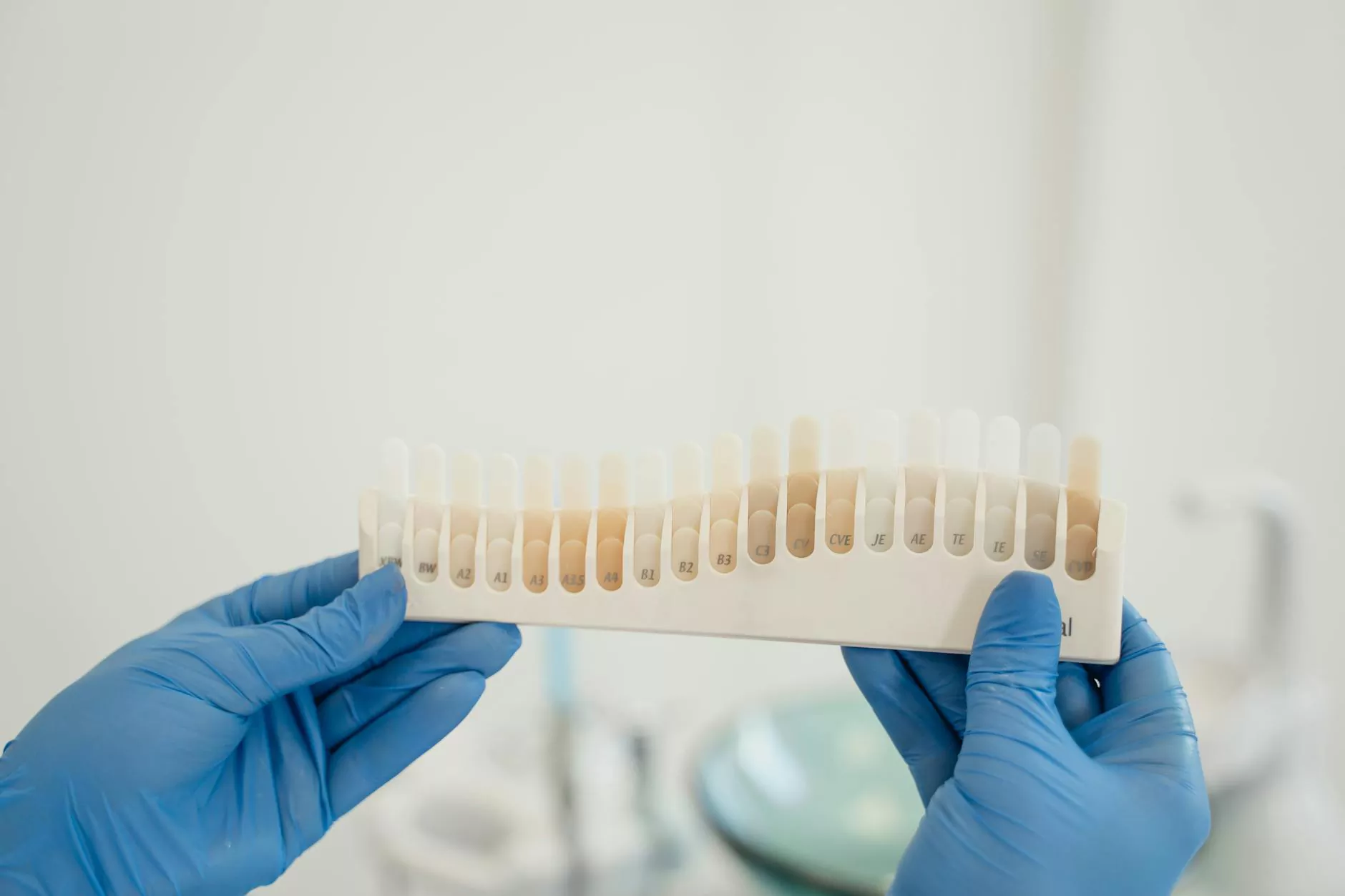Understanding PFAS in Water Filters: A Comprehensive Guide

Water is an essential component of our daily lives, and ensuring its purity is crucial for health and well-being. One major concern in water purification is the presence of PFAS (Per- and Polyfluoroalkyl Substances) in tap water. This article explores how PFAS affect water quality, the role of water filters in mitigating these substances, and the importance of professional water purification services.
What Are PFAS?
PFAS is a large group of man-made chemicals that have been widely used since the 1940s for various industrial and consumer products due to their water- and grease-resistant properties. These substances are often referred to as "forever chemicals" because they do not break down in the environment, leading to long-lasting contamination.
The Health Risks Associated with PFAS
Research has shown that exposure to PFAS can lead to several health issues, including:
- Increased Cholesterol Levels: PFAS exposure has been linked to changes in cholesterol levels.
- Immune System Impacts: They may affect how the immune system responds.
- Reproductive and Developmental Effects: PFAS can interfere with thyroid function and affect fetal development.
- Increased Risk of Certain Cancers: Some studies suggest a correlation between PFAS exposure and kidney and testicular cancers.
PFAS in Water: A Growing Concern
PFAS contamination in drinking water has emerged as a significant public health issue. These substances have been found in water supplies near industrial sites, military bases, and areas where firefighting foam has been used. As awareness of PFAS increases, so does the demand for effective solutions to remove these contaminants from drinking water.
How Do PFAS Enter Water Sources?
PFAS can enter water sources through various pathways:
- Industrial Discharges: Factories that produce or use PFAS can discharge wastewater containing these chemicals into nearby water bodies.
- Landfills: Decomposing products containing PFAS can leach into groundwater.
- Aqueous Film-Forming Foam (AFFF): Used in firefighting practices, AFFF contains PFAS, leading to contamination when it is released into the environment.
How Can Water Filters Remove PFAS?
Water filters play a crucial role in the purification process, especially in removing harmful contaminants like PFAS. The following filtration methods are effective in reducing PFAS levels:
1. Activated Carbon Filters
Activated carbon filters are effective at adsorbing PFAS from water. They work by attracting PFAS molecules to the carbon surface, effectively reducing their concentration. It's important to replace these filters regularly to maintain their efficacy.
2. Reverse Osmosis
Reverse osmosis systems use a semipermeable membrane to remove contaminants, including PFAS. This method is one of the most effective ways to purify water, providing safe drinking water free from harmful substances.
3. Ion Exchange
Ion exchange systems can also be useful in removing PFAS. This process involves swapping ions in the water with other ions that do not have the same harmful effects, effectively reducing PFAS levels.
The Importance of Professional Water Purification Services
While home filtration systems are essential, consulting with professionals for water purification services is crucial for comprehensive solutions. Here’s why:
1. Professional Assessment
Water purification experts can perform thorough assessments of your water quality, identifying the specific contaminants present, including PFAS.
2. Tailored Solutions
Professionals can recommend and install tailored filtration systems that best fit the level of contamination and your specific needs.
3. Consistent Monitoring and Maintenance
Regular monitoring and maintenance of water purification systems ensure optimal performance. Professionals can provide routine checks to confirm that systems are functioning correctly and are effectively removing PFAS.
Choosing the Right Water Filter for PFAS Removal
When selecting a water filter to remove PFAS, consider the following:
- Certification: Look for filters that have been tested and certified to remove PFAS by reputable organizations.
- Type of Filter: Choose between activated carbon, reverse osmosis, or ion exchange, based on your needs and budget.
- Flow Rate: Consider how much filtered water you need daily to choose a system that meets your requirements.
- Replacement Costs: Factor in the cost of filter replacement to maintain ongoing effectiveness.
Conclusion: Safe Water Starts with PFAS Awareness
Understanding the implications of PFAS in water filters is essential for safeguarding your health and that of your family. With increasing awareness, the demand for effective water purification services will continue to grow. By prioritizing proper water filtration and professional assistance, we can take substantial steps toward ensuring our water is safe and free from harmful contaminants.
For more information about how to enhance your water quality and remove PFAS effectively, reach out to us at Waterverzachteraquagroup.be. Together, we can ensure that you enjoy clean, safe drinking water.









